Sick of Fake Honey? A Beekeeper Spills the Secrets to Finding the Real Stuff
I’ve spent countless hours with my hands in hives, and at every farmer’s market or local fair, the number one question I get is always the same: “How can I tell if my honey is actually real?” People show up armed with a list of strange tests they found online—involving water, fire, even ants—and I have to gently break the news that most of them are just old wives’ tales.
In this article
Here’s the thing: honey isn’t some simple substance you can validate with a kitchen trick. Its properties are a direct reflection of its environment—the flowers the bees visited, the humidity when it was harvested, and even the temperature of your pantry. So, my goal isn’t to give you more tricks. It’s to pull back the curtain and share what I know from years in the field so you can spot the good stuff like a pro.
What’s Actually In Good Honey?
Before you can spot a fake, you gotta understand the genuine article. Honey starts its life as floral nectar. A bee gathers this sugary liquid and, on the way back to the hive, adds special enzymes from her body. Back home, the hive bees work this mixture, fanning it with their wings to reduce the water content and adding more enzymes. This amazing process is what turns simple nectar into the rich, stable food we love.
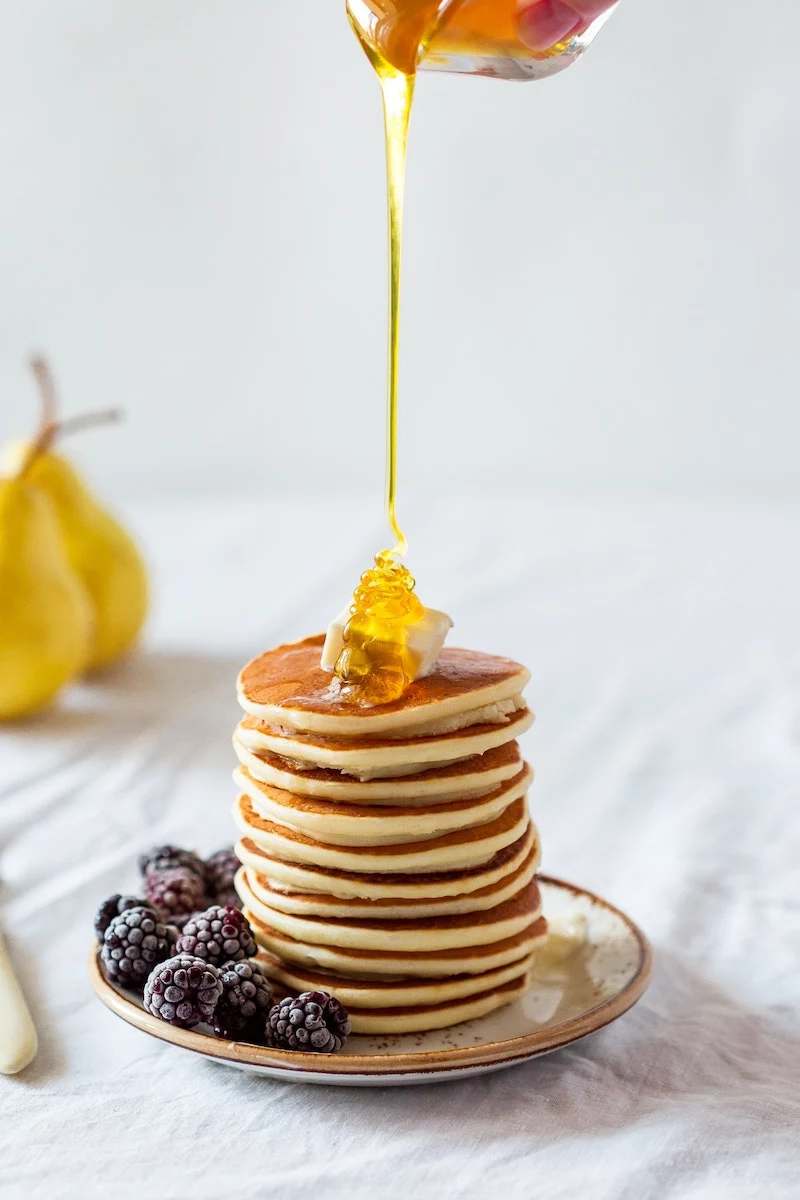
Pure honey is made of a few key things:
- A Special Mix of Sugars: Honey is mostly fructose and glucose. The specific ratio between these two is a huge deal—it determines whether a honey stays liquid or solidifies over time. It’s one of the first things lab technicians look at to verify authenticity.
- Low Water Content: This is crucial for quality. To prevent fermentation, honey needs a low moisture level, typically under 19%. As a beekeeper, I use a little tool called a refractometer to get a precise reading. You can actually find these online for about $20-$30 if you’re a real honey fanatic, but it’s definitely overkill for most folks. Trust me, I once nearly lost a whole batch from a wet autumn because the moisture was too high.
- Beneficial Enzymes: The bees add enzymes like invertase and diastase. The presence of these little helpers is a huge sign of raw, minimally processed honey. The harsh heat from pasteurization, which is common in mass-market products, completely destroys them.
- Pollen Particles: Unfiltered honey contains tiny bits of pollen. This pollen is like a fingerprint; a lab can use it to identify the exact flowers and even the geographic region the honey came from. By the way, this is exactly why some massive producers ultra-filter their honey—to erase the evidence of its true (and often questionable) origin.
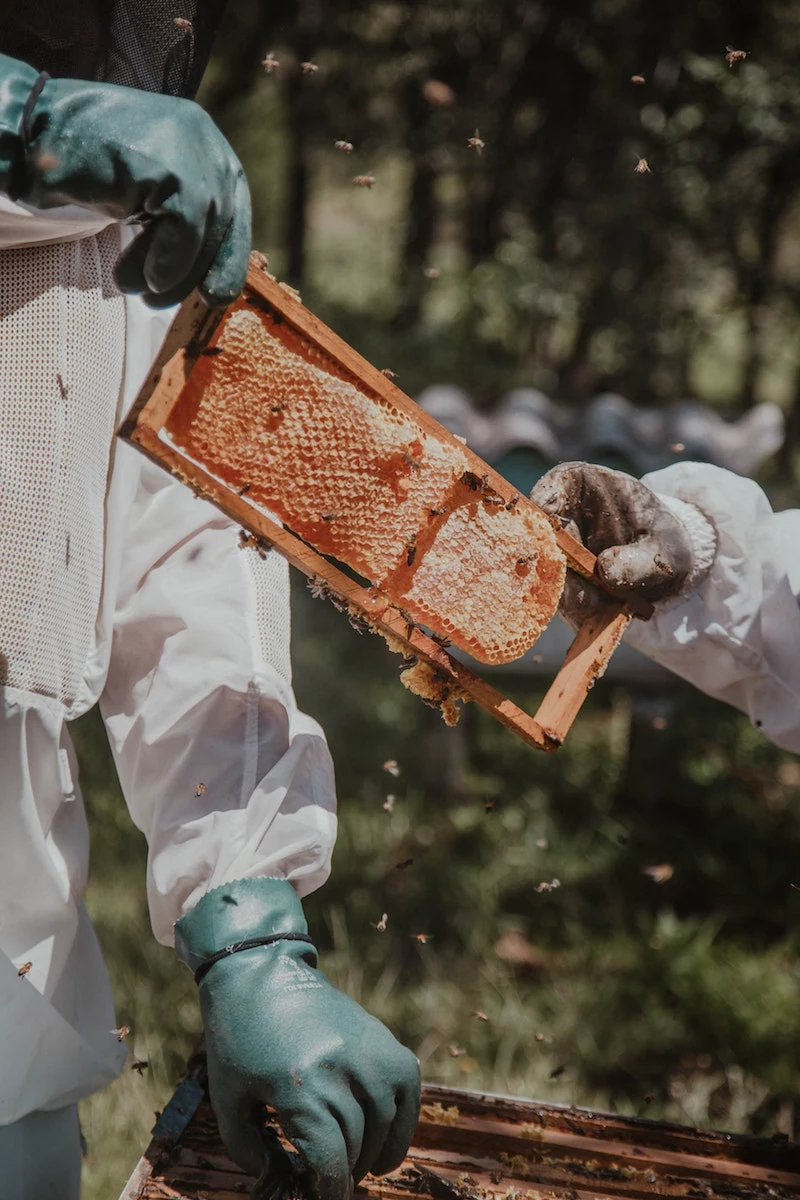
The Biggest Misunderstanding About Honey: Crystallization
Let’s get this straight right now: crystallized honey is NOT spoiled. In fact, it’s often a sign that you have the good stuff! Crystallization is a totally natural process where the glucose in the honey forms tiny crystals. It’s a mark of high-quality, raw honey.
Whether it happens quickly or slowly just depends on the flower source. For example, clover honey is high in glucose and can start to get solid within a few weeks. I once had a customer try to return a jar of gorgeous raw clover honey because he thought it had gone bad. After a quick explanation, he walked away with two more jars. On the other hand, Tupelo honey is high in fructose and can stay liquid for years. Both are 100% pure. This natural variation is exactly why those home tests just don’t work.
So, Why Bother Faking Honey?
It all comes down to one thing: money. Producing pure honey is a ton of work. Fake honey, on the other hand, is cheap. Adulteration is a massive problem where producers cut real honey with cheap sugar syrups to increase volume and profit.
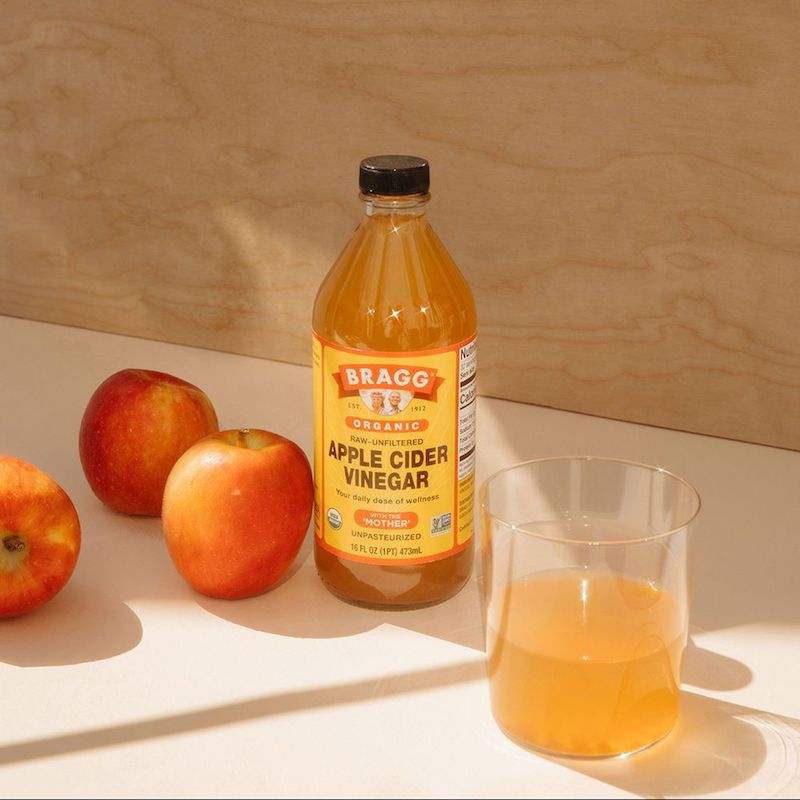
The most common fillers are things like high-fructose corn syrup, rice syrup, and other inverted sugar syrups. They are nearly tasteless, colorless, and blend right in. The goal is to stretch a tiny amount of real honey into a massive batch that looks the part but has none of the complex flavor or benefits.
And here’s the reality check on price. Good honey costs real money to produce. Expect to pay anywhere from $10 to $20 for a 1-pound jar from a local beekeeper. If you see a giant plastic bear of honey at the supermarket for $4, you should be very, very suspicious. That rock-bottom price is one of the biggest red flags.
Let’s Bust Some Myths: Why Kitchen Tests Fail
I get the appeal of a simple test, I really do. But these experiments are just testing for things like thickness or moisture, which, as we’ve learned, vary wildly in pure honey.
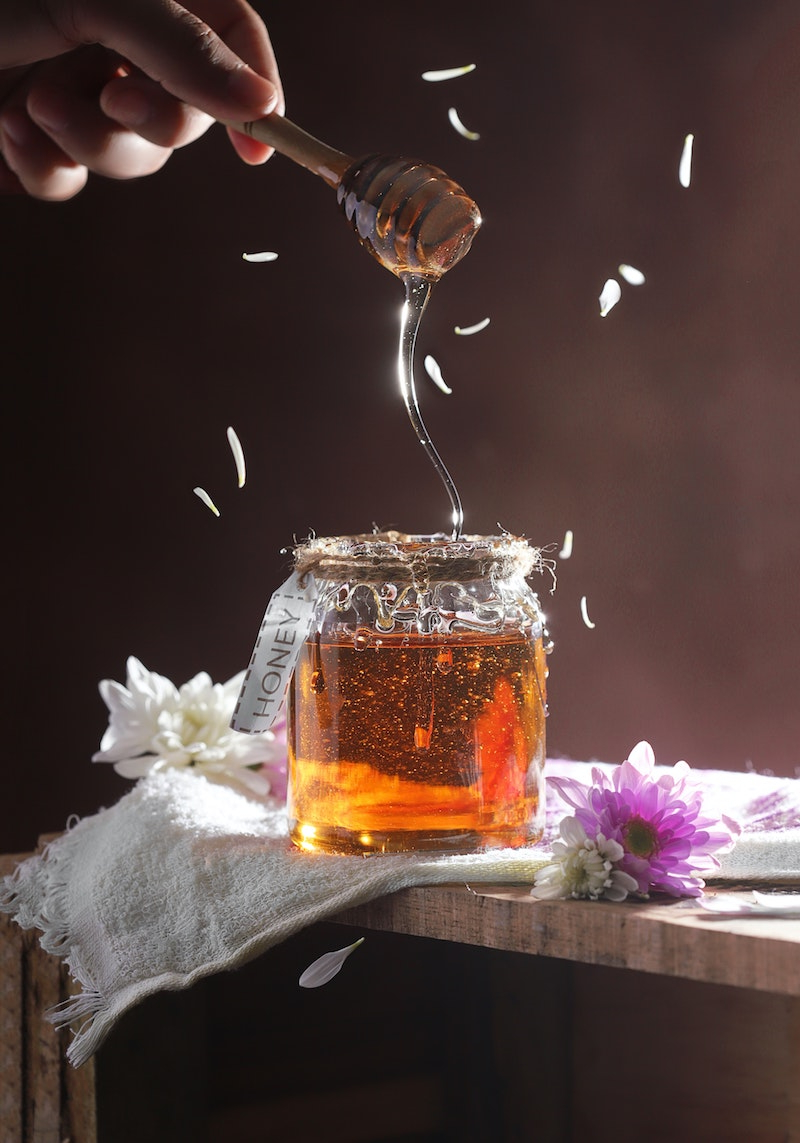
- The Water Test: The idea is that real honey sinks. Well, sure, thick honey sinks. But a perfectly pure, naturally thin honey might dissolve, while a thick, fake syrup might sink right to the bottom. This test is basically useless.
- The Drip Test: They say pure honey makes a bead on your thumb. This is just a test of viscosity (thickness). My summer wildflower honey is naturally runnier than my dark autumn buckwheat honey. Both are pure. A warm day makes any honey thinner. It proves nothing.
- The Flame Test: Please don’t do this. The idea is to see if a honey-dipped matchstick will light, but all you’re testing is water content. Any honey with a slightly higher (but still perfectly safe) moisture level won’t light. It’s a fire hazard, not a purity test.
- The Ants Test: This one is just plain fantasy. The belief that ants avoid pure honey is something I wish were true—it would make my life a lot easier! Ants love sugar, period. They will happily raid a frame of the purest honey you can imagine.
- The Refrigerator Test: This might be the most misleading myth of all. The cold temperature of a fridge actually speeds up crystallization in raw honey. If your honey turns solid in the fridge, you should be celebrating! It’s a great sign. It’s the cheap syrups and over-processed commercial honeys that often stay liquid.
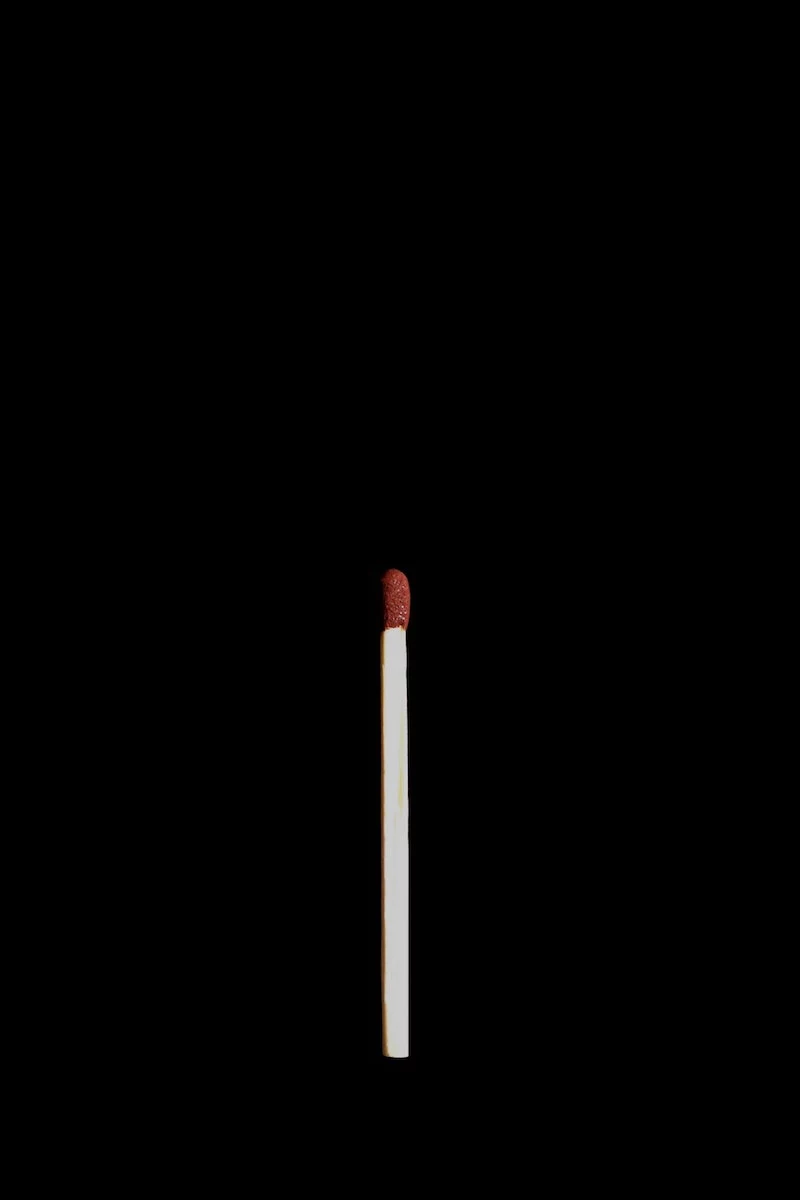
How to Actually Find the Good Stuff
So, if the home tests are out, what can you rely on? It’s not about tricks; it’s about knowledge and sourcing. Here’s what the pros do.
1. Know Your Beekeeper (The Gold Standard)
Honestly, this is the single best way to guarantee you’re getting pure, unadulterated honey. Buy local. Go to the farmer’s market. Talk to the person who actually manages the hives. You get a product with a story you can trust.
Not sure where to start? It’s easier than you think. Just do a quick search online for “[Your State] Beekeepers Association.” Most of these organizations have a public directory or a map of members who sell honey directly to the public. It’s the ultimate shortcut.
When you find them, ask good questions:
- “What flowers are in this honey?” A passionate keeper will love to tell you about the local nectar flow.
- “Do you ever feed your bees?” The right answer is, “Yes, but only to help them survive winter, never during the honey season.”
- “Is your honey raw?” This means it hasn’t been heated high enough to kill the good stuff.
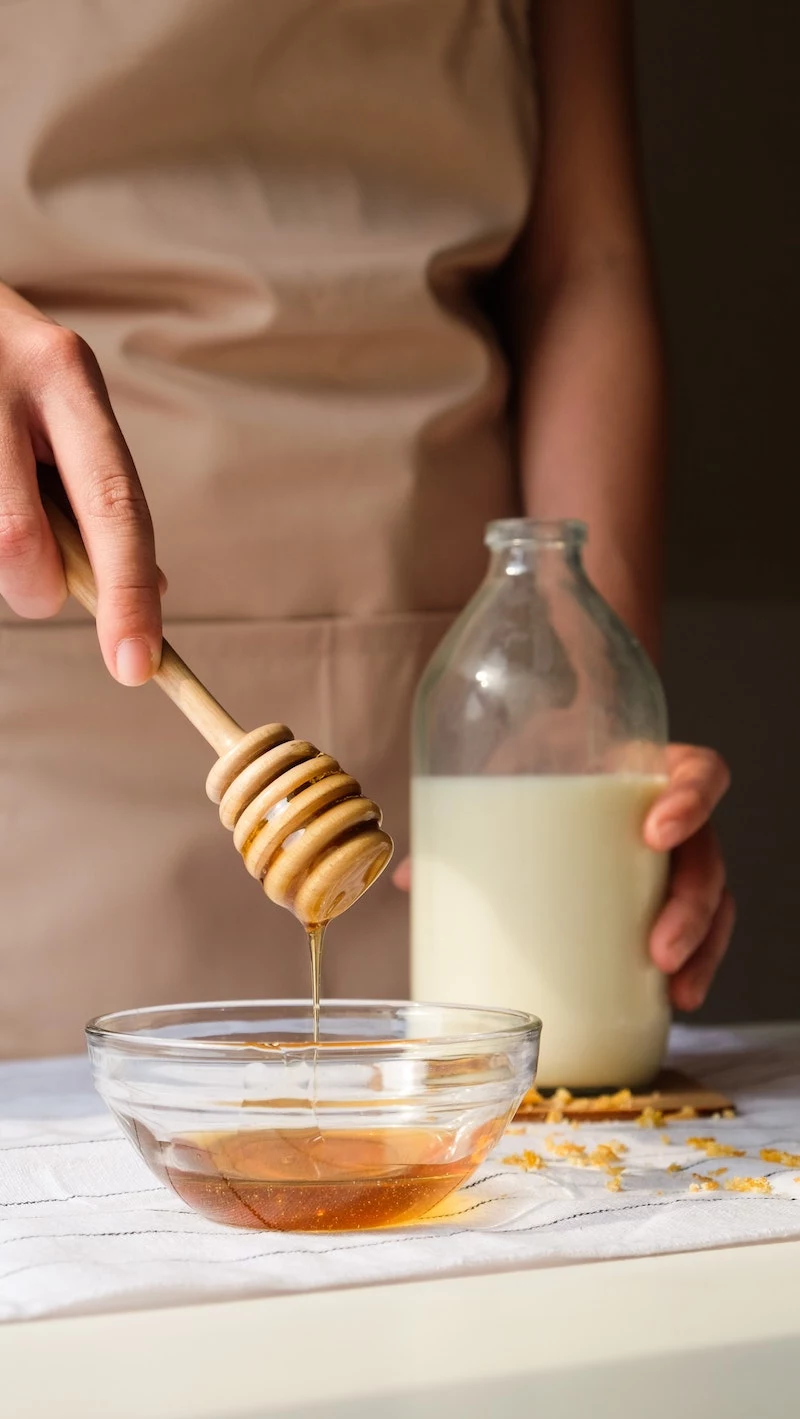
2. Read the Label Like a Pro
When you’re at the store, the label is your best friend. But you need to know the code.
- Good Signs: Look for terms like “Raw,” “Unfiltered,” and a specific floral source (like “Orange Blossom” or “Clover”). A single location, like “Catskills Wildflower Honey,” is a great sign.
- Major Red Flags: Be very wary of vague terms like “Pure Honey,” which mean nothing. The biggest red flag of all? The origin statement. If the label says, “A blend of honey from US, Argentina, and Vietnam,” put it back. This is often a tactic to mix in a tiny amount of domestic honey with huge amounts of cheap, untraceable, and potentially fake foreign honey.
3. Use Your Senses: The Beekeeper’s Tasting Method
You can train your palate to spot the difference. It’s actually pretty fun. Here’s how to do it:
- The Two-Spoon Test: Grab two spoons. On one, put some cheap supermarket honey. On the other, put your new honey from a local source.
- Smell First: Lean in and smell each one. Real, raw honey will have a complex aroma—it might smell floral, grassy, or even a little earthy. The fake stuff often just smells like plain sugar syrup, or nothing at all.
- Now, Taste: Let the real honey melt on your tongue. Notice how the flavor changes. Does it have layers? A little tang or even a warm feeling in the back of your throat? Fake honey is usually just one-dimensional, cloyingly sweet.
Quick tip: A lot of high-quality honeys have a ‘finish’ – a lingering flavor or sensation after you swallow. The cheap stuff just disappears.
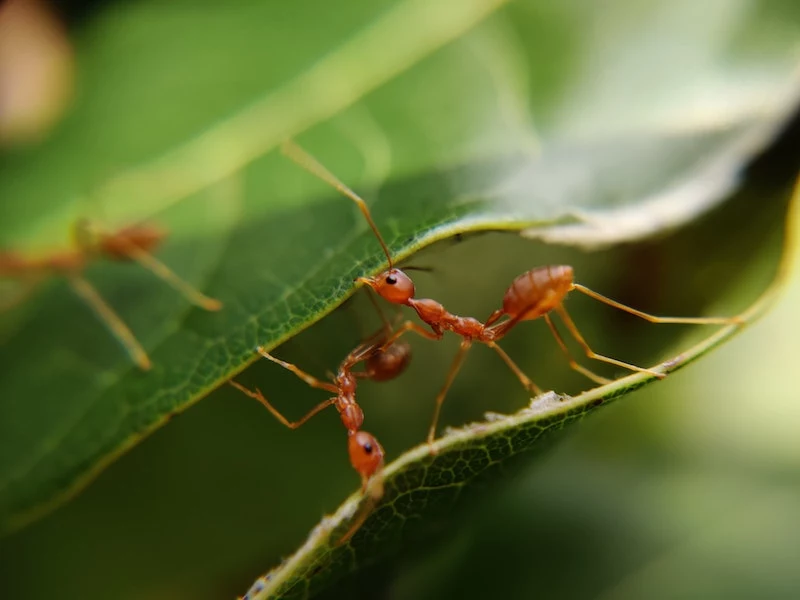
Final Tips and a Crucial Safety Warning
Once you’ve found some amazing honey, store it in an airtight container in a cool, dark pantry. No need to refrigerate it! If your raw honey crystallizes and you want it liquid again, just place the jar in a bowl of warm (not boiling!) water and stir gently until it dissolves. Never microwave honey; you’ll destroy all the delicate compounds that make it special.
Heads up! A very important safety warning: Never, ever give honey of any kind—raw or processed—to an infant under one year of age. Honey can contain spores that are harmless to adults but can cause a serious illness called infant botulism in babies. This is a standard recommendation from health authorities everywhere.
At the end of the day, finding good honey is about swapping myths for a little bit of knowledge. Forget the kitchen magic, and just focus on the source. When you support local, transparent beekeepers, you get a far superior product and you help the pollinators that our entire food system depends on. And that’s a pretty sweet deal.
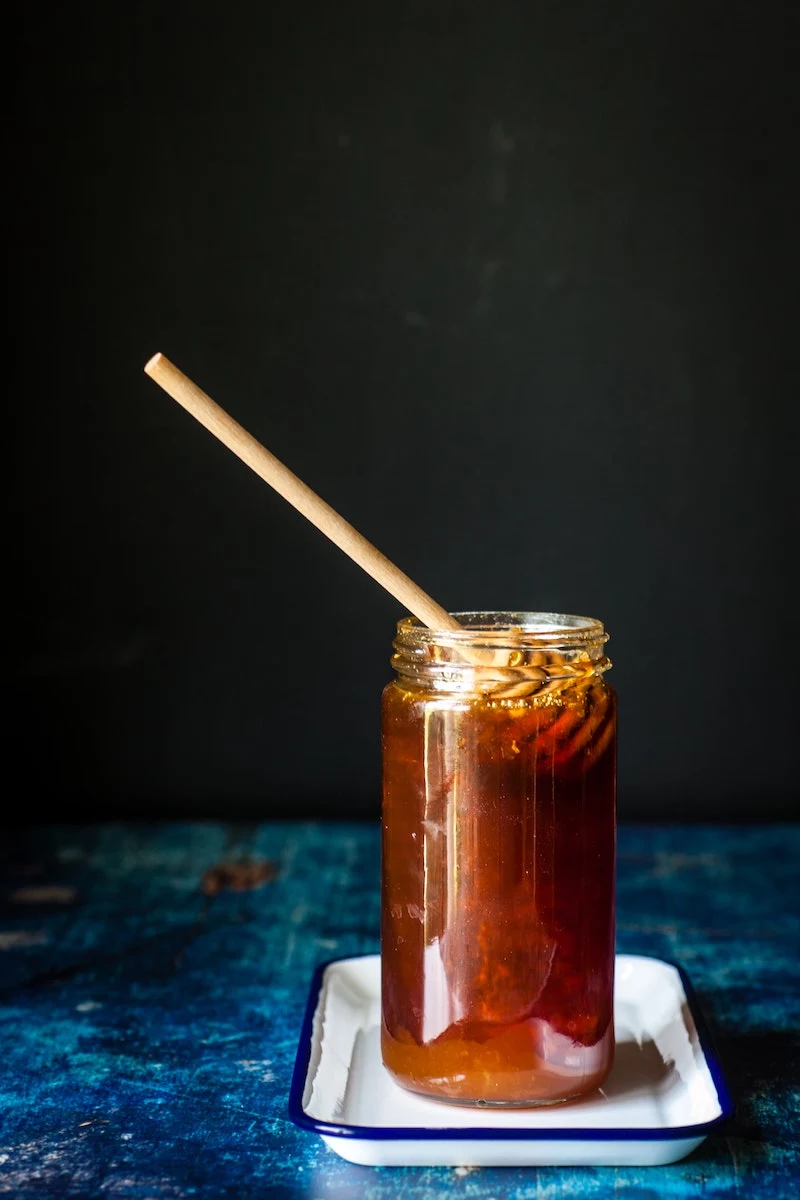
Inspirational Gallery
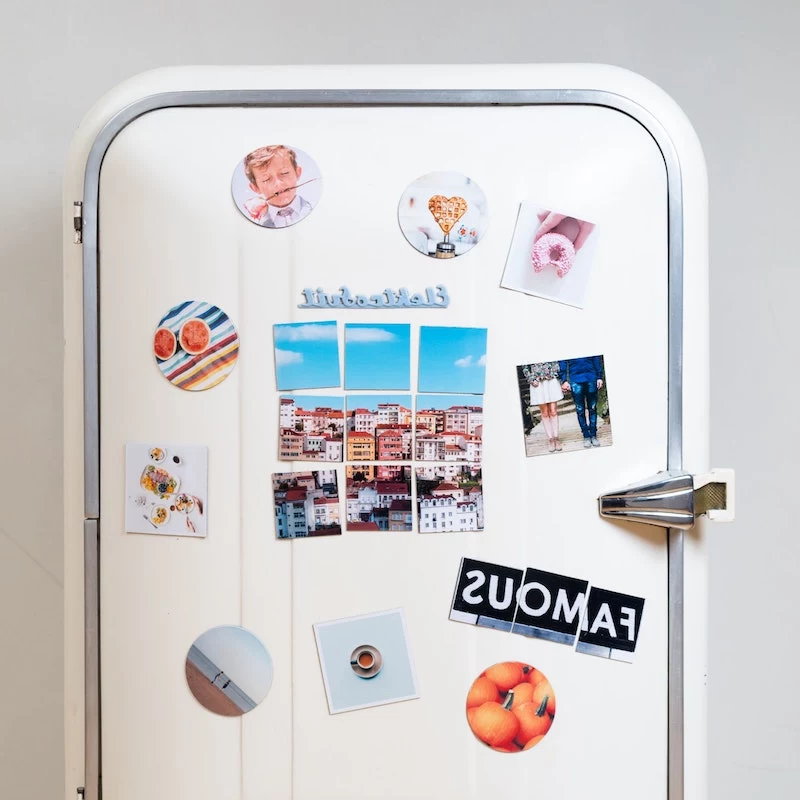

Is darker honey better than light honey?
Not at all! The color and flavor of honey are determined by the nectar source—a concept wine lovers call ‘terroir’. A pale, almost clear honey like Acacia is delicate and floral, perfect for sweetening tea without altering its taste. On the other end, a dark, molasses-like Buckwheat honey offers a robust, malty flavor that’s fantastic in marinades or on whole-grain toast. Think of its color as a map of its origin, not a measure of its quality.

Over time, almost all pure, raw honey will crystallize.
Don’t panic and don’t throw it out! Crystallization is a natural process and a great sign that your honey is unprocessed. It happens when glucose, one of the main sugars in honey, separates from the water. To return it to a liquid state, simply place the jar in a bowl of warm (not boiling) water and stir gently. Avoid the microwave, as intense heat will destroy the delicate enzymes and aromas the beekeeper worked so hard to preserve.
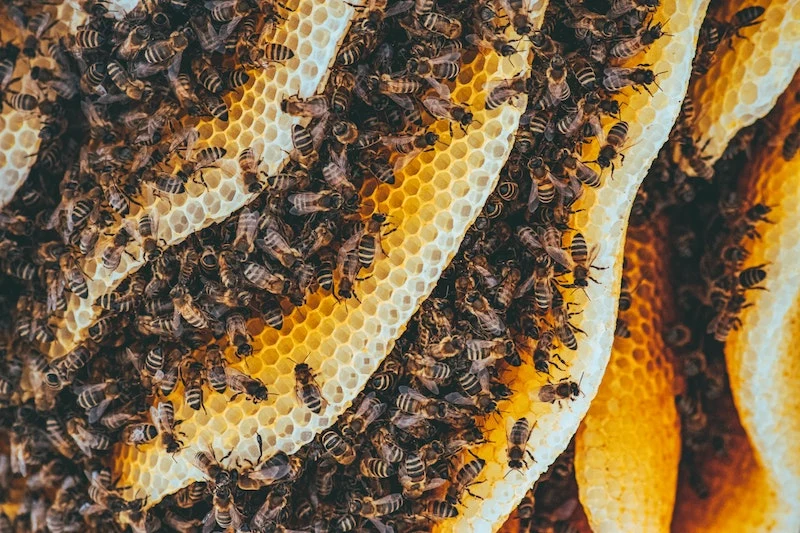
The Manuka Code: When buying premium Manuka honey, the key is the UMF™ (Unique Manuka Factor) rating. A rating of UMF™ 10+ or higher indicates a potent, therapeutic level of beneficial compounds, validated by independent labs. Reputable brands like Comvita or Wedderspoon stake their reputations on this strict certification, ensuring you’re getting authentic, powerful honey from New Zealand’s native Manuka bush.
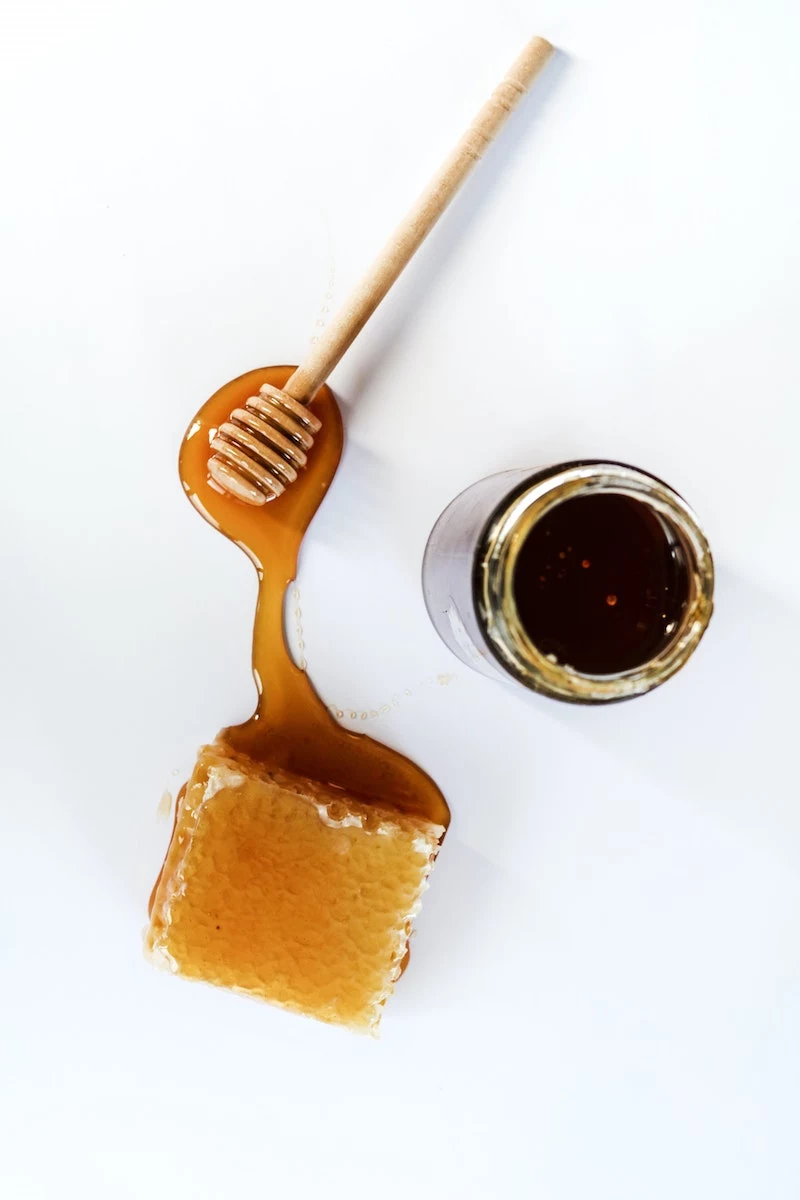
- You get a unique taste of your local landscape.
- You directly support the bees and pollinators in your area.
- You know exactly who handled the honey, from hive to jar.
The secret? Skip the supermarket aisle and head to your local farmer’s market. Talking to the beekeeper is the single best way to guarantee you’re getting 100% real, unprocessed honey while supporting a vital part of your local ecosystem.
Label A says:










